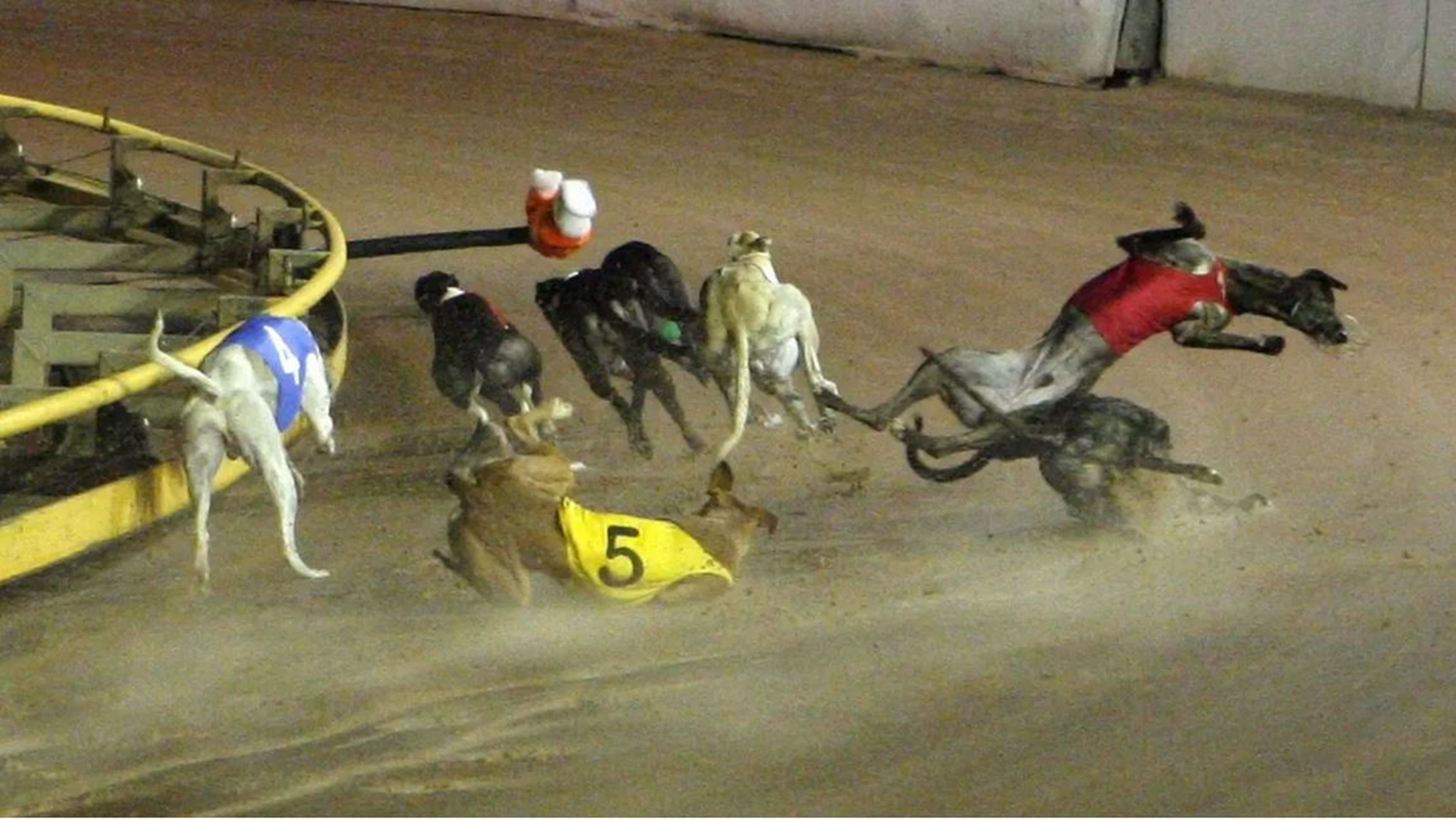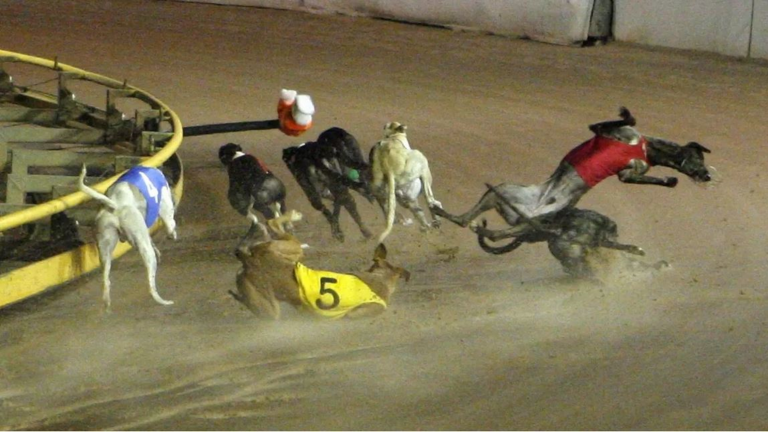Injuries are very common in greyhound racing causing intense pain, suffering and distress.
Serious bone fractures of the leg are the most common injury. Some fractures are communited which is a high velocity injury more commonly associated with car accidents or being shot. Muscle injuries are also very common.
Greyhounds are put under intense pressure when racing and this physical over-exertion causes seizures due to a lack of oxygen, heat-related stress and the collapse of greyhounds post-race. Serious injuries can lead to greyhounds dying on the track or being put to death at the end of the race.
In 2021, 171 dogs were killed on Australian tracks. Many more were removed from the track and later euthanased. Not all states provides details of the fate of these dogs. The majority of these greyhounds fractured a leg during the race which is often a highly treatable injury. Despite the state Rebate Schemes, none of these greyhounds were considered worth the estimated $4,000 to repair their injury.
Evidence
- Coalition for the Protection of Greyhounds, Lethal Tracks 2021: track-related greyhound deaths and injuries
- Coalition for the Protection of Greyhounds, Lethal Tracks, NSW Update, Jan-Jun 2021
- NSW Greyhound Welfare & Integrity Commission (GWIC): Analysis of greyhound racing injuries, 1 January 2021- 31 March 2021.
- RSPCA Knowledge Base: What are the animal welfare issues with greyhound racing


